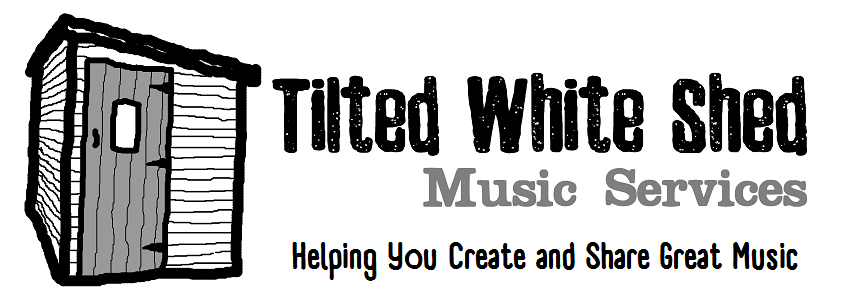Wait a minute, why are melody, harmony and lyrics getting all the special attention? What about groove?
Groovy, Baby…
Music has the power to impact us in so many ways. It can make us think. It can make us feel. And it can make us MOVE.
While the copyright office only lists melody and lyric as copyrightable elements, imagine what your favourite songs would be lacking, if the songwriters hadn’t thought about how to make you move to the music.
It’s instinctive, it’s primal. Dancing is a fundamentally human behaviour, and we’d suffer without it (sorry, Footloose).
Whether it’s a slow weaving, perhaps sharing the movement in the embrace of a loved one, or a simple head-bob or toe-tap, or whether it’s a sweaty, athletic romp around the dance floor, dancing is the physical expression of an emotional connection to the music. And most times, we can’t even suppress it.
Groove With Intention
Sometimes, in your songwriting, a groove just flows naturally, and probably agrees with the music you last danced to, or the music you listen to often.
But you don’t have to stick with the groove that the moment gave you. Think about how the emotion in your song makes you feel, and then supercharge it by building a groove that invites movement which goes hand-in-hand with the song’s emotional message. Ask yourself, “what should I feel when I hear this song?” Elated? Melancholy? Carefree? Lost? And consider what movement of your body, to the music, would go hand-in-hand with that emotion. Then, build a groove, a rhythmic blueprint for your instruments and voice to follow, and build something intentional to get your listener moving in a way that supports the emotion they should be feeling when they hear your song.
Break it Down, Build it Back Up
If you’re not sure, take the approach that helps inform your other songwriting – pay attention to the music that moves you, specifically now to the rhythms that make you deeply feel the emotion of the song. Then consider how your song’s rhythms – what the guitar does, what the piano does, what the drums do, what your voice does – can take the example from your favourite songs. Don’t just copy it, but pay attention to what you can do in the rhythms to invite your body to move.
’cause if your listener is grooving to your music, then you’ve done something really, really good…
(Photo credit: Jonas Mohamadi, pexels.com)
If you like what you read above, maybe you'd like to work with Allister at Tilted White Shed? Reach out through the Contact Us page.


